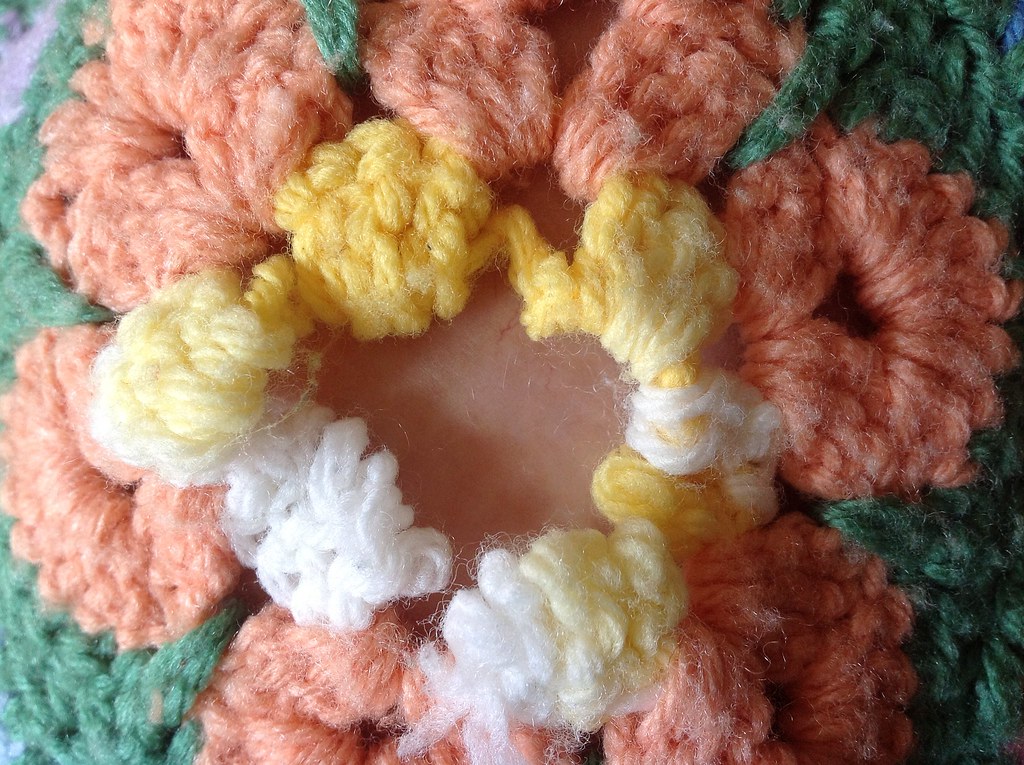 My business has many arms – my teaching, pattern writing, and more recently, finishing. Normally finishing involves piecing together sweaters or blocking shawls, but sometimes I get another type of request. Sometimes I get requests to do repairs on well loved a
My business has many arms – my teaching, pattern writing, and more recently, finishing. Normally finishing involves piecing together sweaters or blocking shawls, but sometimes I get another type of request. Sometimes I get requests to do repairs on well loved a
fghans and blankets that are lovingly knitted or crochet. Many times I’m able to fix things before they get too bad, but sometimes I have to be the person saying, “I’m sorry, but there is no way to fix your family heirloom.” This is a terrible thing to say, and so I have a list of things to look for to know when your afghan is in need of repair, before it gets irreparable.
- At the First Sign of Trouble, seek help. There’s an old adage that says, “A stitch in time saves 9.” And it is so true – making repairs before they happen is the best way to prevent tears, rips and holes. Look for weak spots in your knitting or crochet – where the thread is getting thin or wispy. These are places where holes will form. Find someone to help you retrace the stitches and reinforce the work.
- Pulls or loose threads. Sometimes yarn that has been carefully woven in works its way loose, or gets caught and creates a pull or snag. Don’t panic! If the thread is not broken, just stretched and out of the weave of the fabric, carefully pull it in different directions, and see if you can ease it back into place. If not, see if you can find someone (like a finisher or a more experienced knitter or crocheter, that can help you work the yarn back into the stitch.
- Seams coming undone. So many crochet (and even knit) afghans have their seams come undone. One of my very first repairs to a blanket was my father’s well-loved afghan, made in long strips of knitting and seamed together. If a seam comes undone, don’t panic. Take a bit of matching yarn or thread, and carefully seam the edges back together, using a ladder stitch or running stitch.
- The center of motifs are a common place I see in need of repair. Either because the original creator didn’t secure the ends enough, or just because of stress, this can be a common cause for problems. If you can, try to pick up as many of the loose loops and put them on a stitch older or locking stitch marker, to prevent further unraveling. This is one repair I’d say, if you can, to get a professional to do, as it takes a deft touch and a good understanding of how stitches work to get it back to matching the others.
The key to all of these problems is if they are caught early, they can be fairly painless repairs. If you let the problem go, the worse things get, and the more likely that the afghan will need to be reconstructed or have more extensive repairs.Have you ever had to repair a project? Tell me about it on twitter or facebook. Looking to have your own repaired? Get in touch with me through my finishing form!


